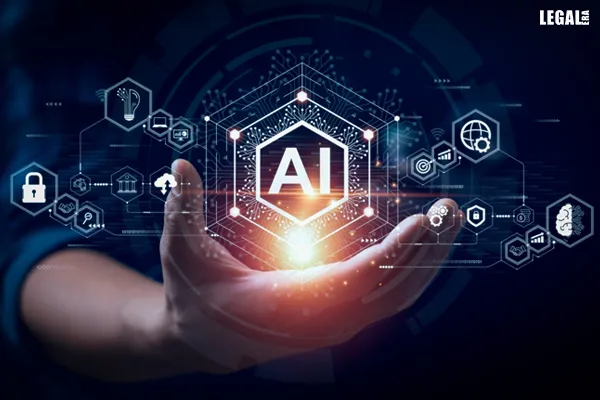US Copyright Office Rejects Registration for Artwork Produced by AI
For the second time, the US Copyright Office has rejected copyright protection for artwork co-created by an artist and;

US Copyright Office Rejects Registration for Artwork Produced by AI
For the second time, the US Copyright Office has rejected copyright protection for artwork co-created by an artist and Raghav, an AI painting app. This decision comes amidst a growing debate about the legal landscape for AI-generated art and its implications for human creativity.
The Copyright Office Review Board, after examining arguments presented in both the initial and second requests, concluded that the work "Suryast" lacked the requisite level of human authorship for copyright protection.
In 2021, Ankit Sahni applied for copyright for a 2D artwork inspired by Van Gogh, crediting himself and the Raghav AI painting app as co-authors. The creation process involved Sahni using an original photograph he authored, incorporating it into the Raghav AI system, and subsequently integrating a reproduction of Vincent van Gogh's 'The Starry Night' into the Raghav framework.
Sahni was identified as the exclusive claimant of copyright for the 2D artwork, with no additional co-authors listed.
In June 2022, the Copyright Office declined to register the artwork, citing the absence of essential human authorship required to substantiate a valid copyright claim.
In response to Sahni's claim that the artwork involved human creative input, the Copyright Office clarified that the human authorship in question couldn't be distinguished or separated from the final work generated by the computer programme.
In September 2022, despite Sahni's request for reconsideration, the Copyright Office maintained its refusal, asserting that the artwork was deemed a "classic example" of a derivative work. They emphasised that as a digital adaptation of a photograph, it lacked sufficient original human authorship to meet the criteria for registration.
In July 2023, Sahni made a second request for the Copyright Office to reconsider its refusal to register the artwork. In his appeal, he contended several points, including the characterisation of Raghav as a mere "assistive software tool." Sahni stressed that creative decisions were under his control, ranging from the selection of his original photograph to choosing 'The Starry Night' as the stylistic input and determining the variable values for the amount of style transfer.
Once again, in their deliberation, the board concluded that the artwork did not qualify as the product of human authorship. Their assessment focused on the absence of "expressive elements" of pictorial authorship contributed by Sahni. The board pointed out that Sahni's involvement primarily consisted of providing three inputs to Raghav: a base image, a style image, and a "variable value determining the amount of style transfer."
The board's conclusion stemmed from the observation that Sahni's contribution was limited to providing three inputs to Raghav. They determined that it was the Raghav app, not Sahni, that took on the responsibility of determining the interpolation of the base and style images in accordance with the specified style transfer value.
The board conveyed that Sahni was welcome to apply for the registration of his original photograph, provided it meets all statutory requirements. However, the board asserted that the AI-modified version, in its current form, could not be registered before them due to the perceived lack of substantial human authorship.
The copyright framework has faced challenges in keeping up with the rapid advancements in AI technology. In the current landscape, OpenAI, the developers of the generative AI chatbot ChatGPT, along with other companies like Meta, have encountered a series of lawsuits. These legal actions allege that these companies have utilised copyrightable material in training their AI systems. The evolving intersection of AI and copyright law is presenting new complexities and legal considerations that the legal system is actively grappling with.
In August, the U.S. Copyright Office initiated an inquiry into the ownership and legal rights surrounding generative AI. The inquiry sought insights and opinions from various stakeholders, and the deadline for submitting comments was set for October and November.

